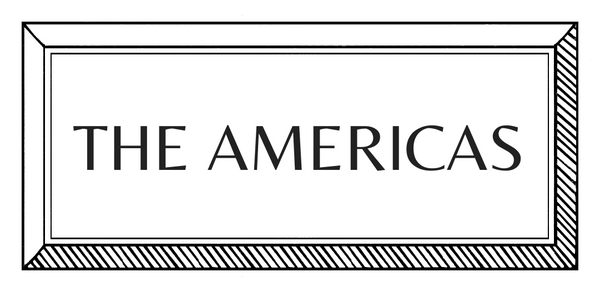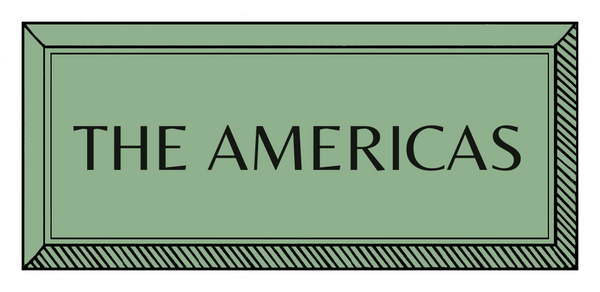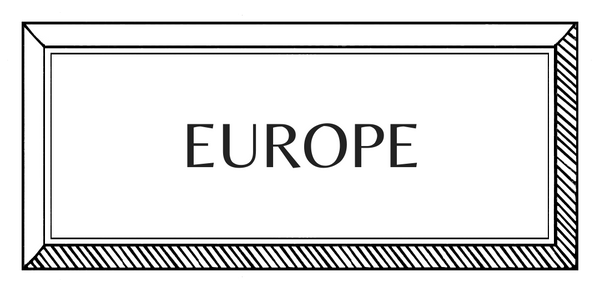MAKERS | EUROPE | ITALY | METAL
L'Erbavoglio | Metal Flower Makers

In Milan, there are two historic streets with seductive names: ‘Via dei Fiori Chiari’ (Street of light flowers) and ‘Via dei Fiori Oscuri’ (Street of the dark flowers). It is said that in the former there was a girls' boarding school, while in the latter there was a brothel. Not far from here, you will find the tiny boutique ‘L'Erbavoglio’, where you can buy the creations of Elisabetta and Laura (always at work in their atelier): marvellous ornamental flowers carved from metal sheets and inspired by 19th century botanical models.
How did you begin?
"We were two friends with two very different jobs, but united by a desire for change. One of us was a doctor in the oncology department, a profession that was inevitably exhausting for the spirit in the long run. The other had a more creative job, in her husband's family business, making bijoux, but then came the divorce. As we found ourselves reflecting on our resources, there were two other things that united us, besides the urge to find a new direction: a love of gardening and nature, and manual dexterity. Working with our hands was good for us and gave us great satisfaction. At the time – it was the late 1980s – the fashion for dried flowers had broken out in Italy, in the wake of what had already been happening in France and England for years.
"We thought we would try it too, but in our own way: in addition to classic bouquets and potpourri, we did our best to reproduce the ars topiaria in miniature, or cover furniture with birch bark, or use nuts and dried fruit to adorn chandeliers instead of crystal. We opened our first shop in 1988, and stayed there for ten years. Then we were able to realise our dream of moving to Brera, a neighborhood that at the time was bustling with artisan workshops and antique shops. Today they have all closed their doors, but when we arrived, we were surrounded by blacksmiths, framers, goldsmiths."
How did you learn?
"We wanted to be more creative than our colleagues in the same field but had not yet found ‘our product’. Then we made a lucky discovery: we had gone with an antiques dealer friend to visit a flea market in the South of France and were wandering aimlessly when we found some iron botanical specimens, made a couple of centuries earlier. They were a rarity and were unaffordable, but we thought we could reproduce them.
"Thus began a complex phase of blind attempts, in pursuit of a forgotten technique that would allow the metal to be treated in such a way as to render the lightness and delicacy of flowers. We looked for guidance in books, but in the end the thing that really allowed us to learn as autodidacts was the endless trials we made before reaching the result we considered satisfactory."

How do you plan, prepare and create?
"We work in the backroom of our shop, with a shared desk and a few metres to spare, and we stop when a customer comes in – just like the old days! We start with the metal sheet, which is drawn and then cut by hand. The next stage is modelling, which involves rifling the sheet to replicate the veins of the leaves or the grooves of the petals.
"Finally, the flowers are assembled and painted, in some cases with three or four passes, depending on the color. No two are ever the same: even when requested, we are forced to say that two identical flowers are impossible to achieve. It is proof that everything is handmade, and all by us - except the pedestals, which a turner makes at our request, and the terracotta pots, which we buy directly from the nurseries."
Who or what most inspires you?
"It is obvious - we take everything from nature, which never tires us. Long before we started with this activity, we were fervent gardeners. Our homes have always been smaller than our gardens, and we enjoy being outdoors more than indoors. Parks and botanical gardens have been our travel destinations: we have travelled to Kent and Cornwall, to the Loire and Tuscany, specifically to see certain gardens, and we have the beauty of Villandry's flower beds filled with vegetables and salad greens, or the lush abundance of Vita Sackville West's garden, etched in our memories.
"Then, to feed our daily inspiration, when we are closed in the shop, we get hold of wonderful books: Basilius Besler's Florilegium, Alexander Marshal's Florilegium, Leonhart Fuchs's Florilegium. Every now and then we wake up more creative than usual and decide to do something different: a garland, an outsized plant, perhaps a metre high, or lamps in the shape of a tree... Who knows what will come to mind in the future."
What are the best and worst things about being a craftsperson today?
"What are the difficulties in your job? Since we have been doing this job we have never been bored a day. There is something really satisfying about working with your hands, and being a freelancer has the advantage of being able to take breaks when you like.
"Our name, ‘Erbavoglio’ (literally ‘the grass of “I want”), comes from a catchphrase we say to children in Italy when they throw tantrums or insist with their requests. ‘Erbavoglio does not grow even in the king's garden’, it is said. However, this place, our ‘Erbavoglio’, turned out to be exactly a place where we can do whatever we want, at the pace that suits us."
Interview by Sara Pierdonà
Images from L'Erbavoglio
















































